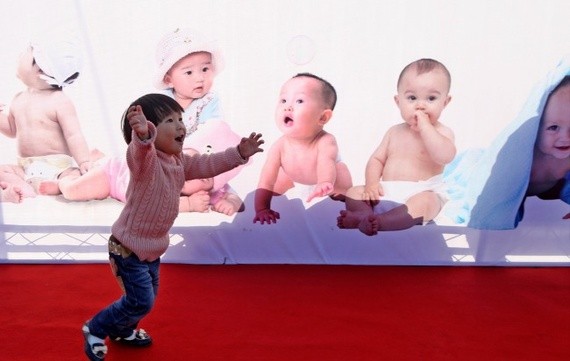Despite the criticism against the Chinese government for the enforcement of its one-child policy, a relaxation of the law during 2014 resulted in a lower-than-expected number of second-child applications.
Instead of the 2 million applications that were estimated, the National Health and Family Planning Commission received under 50 percent of that figure. An exact total was not shared with the media.
While the singe-child policy has been strictly enforced in the past--a film director was famously fined 7.48 million yuan ($1.2 million) for a breach--the government reconsidered its stance after research showed that China's labor pool has been shrinking to the detriment of the economy.
The National Bureau of Statistics has released data from last year that indicates the working-age population in China fell by 2.44 million over the course of 2014.
Meanwhile, senior citizens in the over-60's age bracket formed 14.9 percent of the total population. The bureau states that the elderly population will consist of 350 million people in 15 years' time.
Second-child applications were first offered as part of a pilot program in the coastal province of Zhejiang, an area with a high socioeconomic status, before the rest of the population was eligible. It is in the urban centers outside of Zhejiang that the new initiative is most relevant, as the enforcement of family planning policy has been more severe in the cities than in rural areas. However, the reliance upon children in old age is less marked in urban settings, where the cost of living is higher.
Concerns over expenses were identified as the primary reason underpinning the significantly weak response in urban areas like Beijing and Liuzhou City. In the former city, 6.7 percent of eligible families applied, while 20 percent of eligible families submitted an application in the latter.
Applications must be approved by the commission first and not all families have been permitted to proceed with a second child.



























